PROTECT YOUR DNA WITH QUANTUM TECHNOLOGY
Orgo-Life the new way to the future Advertising by AdpathwayPAUL BANNICK didn’t have to convince me to be wild about woodpeckers, because I already am—utterly so. These charismatic, hardworking birds make oversized ecological contributions to the environments they inhabit, and to the other creatures that they share them with. And the more you learn about them, the more astonishing they become.
Paul’ Bannick‘s new book is “Woodpecker: A Year in the Life of North American Woodpeckers” (affiliate link) and he’s an award-winning author and wildlife photographer based in Seattle who is focused on the natural history of North America, and in particular on the conservation of birds and their habitat. He’s written several previous books about owls, a special passion of his, and now one on woodpeckers. (Above, the northern red-shafted flicker; photo from the book.)
Plus: Comment in the box near the bottom of the page for a chance to win his new book.
Read along as you listen to the Oct. 27, 2025 edition of my public-radio show and podcast using the player below. You can subscribe to all future editions on Apple Podcasts (iTunes) or Spotify (and browse my archive of podcasts here).
Download file | Play in new window | Duration: 00:27:51 \
Subscribe: Apple Podcasts | Spotify
Margaret Roach: Not that I like birds or anything, Paul [laughter]. The book is spectacular. I mean, it’s so information-filled, but the pictures, of course; your photography is just, wow, because I don’t know all those species. What is it; how many species are there in North America—41 North American species?
Paul Bannick: There once were 43, but we lost two of them, so now we have 41.
Margaret: And so a lot of them were unfamiliar to me, and I just was staring at some of their beautiful little selves, and not-so-little selves in some cases. So I read in the new book that it was your first bird or was it just your first woodpecker when you were a boy, it was a flicker, I think. Was that the story?
Paul: Well, it was the first bird to captivate me. Birds were…I appreciated them, I hesitate to say passively, but I appreciated them in the passing as with other animals, until that northern flicker hopped towards me in the leaves of the backyard, and I realized it wasn’t a robin as I saw it’s polka-dotted belly and its red crescent and its red malar. I was really stunned.
Margaret: Right. And you being in the Northwest, I’m in the Northeast. I have, I think what’s called the yellow-shafted flicker, the one where if you see it from beneath, you see a little bit of yellow. Is yours red, a little bit of reddish underneath, or what’s the-?
Paul: Yeah, ours is the northern red-shafted [photo, top of page]. Well, it’s interesting because of where we are geographically, we get also what are called intergrade between the red-shafted and the yellow-shafted. Because the two subspecies—they’re in fact, not different species, even though they look quite different—are separated by the eastern edge of the mountains and more importantly by the Great Plains. And in that, shall we say rain shadow of the Rocky Mountains, there’s an intergrade zone. And since the Rocky Mountains move north and west, that intergrade zone goes from Texas up to central B.C., and flickers that are in snowy areas often migrate. And so those from British Columbia migrate down into Seattle and sometimes as far as Portland. So those of us in Seattle and Vancouver, B.C., can see intergrades [photo of an intergrade one, below] with all different kinds of mixes, some of them quite unreal looking.
Margaret: Oh, that’s wonderful. That’s very interesting to a woodpecker nut [laughter]. So how many species, I mean, are there where you live? We said there’s 41 in North America—and what you define, I think North America as in the book is from the Arctic to the Caribbean. Is that correct?

Margaret: Wow. See here I have six who are always here, because we don’t have the red-bellied sapsucker, we have the yellow, and they are persistent; they’re here all year round, right where I am. They don’t migrate. I think it’s one of the woodpeckers that sometimes migrates, but they stay here. So I have them in the winter, too. And I might be wrong about the migration thing. But then there’s across the river, the Hudson River, an hour away, there’s the red-headed. So that’d be the seventh one, if I wanted to travel an hour, that I could see, but not 10. Wow. Cool [laughter].
Paul: Yeah, it’s amazing.
Margaret: I know that Steven Shunk, who in 2016 wrote the book “Peterson Reference Guide to Woodpeckers of North America,” has called woodpeckers a keystone species, meaning like that all important middle stone in an archway, they’re an organism in an ecosystem that if you remove it stuff starts to fall apart. So can we talk about that—some of the ways that that’s true? Because I think that’s the thing: People may recognize a woodpecker in their backyard or in the park or whatever, but they may not know how important these creatures are. [Below, a Williamson’s sapsucker at work.]

And I’ll make that bold statement, and then say it is because they are a keystone species and a keystone species being a species who changes its environment in a way that is inordinately greater than the numbers might suggest, and positive for the diversity of wildlife.
And that comes not just from the fact that a flicker in the Pacific Northwest will create a nest cavity that may serve as a nest cavity for 30 different animals, but also sapsuckers who drill wells in the spring that serve the food needs of hummingbirds throughout North America when they migrate north and little other food is available. To the fact that when they excavate cavities either for nests or roosts, they help in the process of decomposing wood and returning nutrients to the soil and keeping the soil moist, to the fact that they serve in some ecosystems as seed-dispersers and pollinators.
So they do so much. But I think it’s important when we think about ecosystems in North America to remember that every single one is ephemeral, meaning constantly changing. Almost every one starts off as an open area. Maybe it’s a meadow or a savannah, maybe it’s a wildflower lot. And it fills in with trees first, usually things like alder, birch or aspen. And then larger trees come in, and maybe it’s a conifer, like a pine tree or an oak tree. And then over time, or with increased moisture or increased elevation, that fills in with firs and other trees.
And what starts at savannah becomes a woodland, meaning 25 percent canopy to 50 percent canopy, and then becomes a forest with more than 50 percent canopy. And then that a forest, that forest is eventually disrupted by either fire or storms and opens up again and becomes an open habitat.
And at each stage in that transformation, as the trees grow up, they don’t have as many defects in them. But what the woodpeckers do is they detect those defects, they detect the insects, they take advantage of them, and in the process make the habitat richer by providing homes, by providing food, and by with their calls and their noises and their washes of color. It’s really quite remarkable.
Margaret: Yeah, they are. You write in the book that in Spanish, in the Spanish language, they’re called pajaros carpinteros, carpenter birds [laughter]. So let’s talk about how some of their very special physiological characteristics allow them to do all that sort of high-powered woodworking without knocking themselves unconscious or worse.
Paul: Yes. This how would woodpeckers drum so hard on such solid surfaces has been investigated with different conclusions for as long as I’ve been alive. And NASA and the N.F.L. have looked into the characteristics of the woodpeckers skull and what does it do to shape the brain.
Margaret: Like the N.F.L. for helping in making better helmets—they looked at the woodpeckers for inspiration for helmet design.
Paul: Exactly. And while many of those earlier studies looked at a few things, one, that it has a spongy skull that absorbs some of the vibrations. Two, that it has a tongue that in some species quite long, that is literally wrapped around the brain to hold the brain in place so it’s not sloshing as much. And three, they have the orientation of the bill to the brain, to the skull, is such that the vibrations tend to move over and under the brain rather than directly at the brain through the way it’s fitted into the skull.
And then they have reinforced ribs.
And then finally they also have shields in their nostrils. And the more a woodpecker is involved in excavation, the more its nostrils are essentially blocked by rises in the bill that protect any materials from getting in the bill.
What’s interesting though, Margaret, is recent research has suggested that while all those things have an impact, one of the most important factors is that woodpeckers have relatively small brains. [Laughter.] I know it’s really funny. Now, all those other things probably play a role, but their smaller brain means that they get less impact from those concussive forces.
Margaret: And the other way—and you can see this just looking at their overall shape relative to many other types of birds—the way their tail is formed and the position it’s in and how they utilize it as sort of an anchor in a way. And those feet, they’re sturdy. They’re on that target, right? They’re really there.
Paul: Yes. I always get a kick out of having climbers watch woodpeckers on a tree in slow motion, because as any good climber will envy the three points of contact to the woodpecker: the stiff tail, which holds them from falling down the tree, and then two oversized feet that cling to the tree with toes for which they can change position on the tree depending on the type of activity they’re engaged with in. If they perch, they could put two toes in front and two behind. If they’re excavating, they may put three up and one behind. One of the things is when they’re clinging to that tree and they’re braced for moving down with their tail and they’re held onto the tree with their feet, they swing their head back as far as they can, and then they direct the force on the tree.
And you’ll also notice when they’re doing that, their head is shaped like a hammer, and they exert that force on the tree. But in some ways, the hallux, that last toe, is holding the bird back from going further and exerting more force.
So two of the birds that do the most excavating, the American three-toed woodpecker and the black-backed woodpecker, have actually evolved to lose that hallux and only have three toes, unless they’re called three-toed woodpeckers. And as they spend more time excavating other woodpeckers that are heavier add a fourth point, which is the heel, or you would look at it, it’s like the knee or the elbow of the legs, also make contact with the tree. So it’s fascinating to watch how each of the woodpeckers deploys these tools in climbing and working on the tree. [Below, black-backed woodpecker fledgling.]

Paul: Yeah, in the early spring, we hear birds sing, and birds are singing, including woodpeckers, to essentially advertise their presence, both to mates and to rivals. Woodpeckers do one better by singing, but also screaming. They have very loud, shrill or trilling calls, but they also drum. And the drumming, just like the singing and just bright colors, and the males especially do have bright colors, are meant to show their vitality to potential mates and their strength to potential competitors. And what’s interesting is woodpeckers over time will look around their environment for the most resonant places to drum, and they want to find a resonant surface, but also a relatively high resonant surface so they can let as many potential mates and as many potential rivals as possible know how impressive they are.
It’s not unusual for woodpeckers in cities to find metal chimneys, or utility poles, or park signs. Or even once I found in Jamaica…[laughter] it’s actually kind of a funny story. I was in Jamaica and I was looking for the Jamaican woodpecker, and a man said, well, “They’ve been ruining my clothesline poles, so I had to scare them away.” And I said, “Can you show me?” And he took me to where the clothes were hung, and he said, “See, I put these here.” And he put coffee cans on top of each of the poles. And then he laughed. He walked away chuckling to himself, and just then rat-a-tat-tat, the woodpecker jumped on the coffee cans and they loved it. It made an even louder noise.
Margaret: [Laughter.] Oh, that’ll show him. Yeah, they are when they drum, it’s amazing. It is, as you say, resonant. I mean it really, really resounds. And they have other sort of distinctive things. I mean, the flight pattern even is distinctive to my eye. They kind of swoop in a way, I don’t know; that’s probably not a good word, but do you know what I mean?
Paul: I do. Yeah.
Margaret: The way they move is different.
Paul: Most woodpeckers have an undulating flight, and it’s like they’re bouncing up and down through the air, and that is caused by alternating wing beats. They alternate between having their wings out or flapping, and holding their wings against their body. So when they’re flapping, they’re rising, and when they pull their wings in, they’re falling. And they’re doing that at more or less a continuous rate. So they look almost like musical notes going across the page, or like a flat heart rate. They’re really distinctive. And there’s only a couple of other birds that make a flight quite like that. So usually if you see that undulating flight, it’s a woodpecker.
Margaret: You write in the book, in the new book, about various other aspects of their lives. I think you mentioned, for example, that most are non-migratory species. That’s true, yes? That’s correct?
Paul: It’s really interesting. Woodpeckers are not very good dispersers, which is why in the Caribbean islands, for instance, in many cases, each highland has their own endemic woodpecker. There’s six endemics in the Caribbean islands. But it also means they’re not really great at migrating. And in fact, there are four species, or actually say there’s five or six species, that nest in the Arctic in Alaska and Canada, and all of them, but one stay on those territories year-round. The ones that don’t migrate are the hairy, the downy, the black-backed, the three-toed and the pileated. The one that migrates is the yellow-bellied sapsucker.
Because its sap freezes. So all of our sapsuckers, and we have four sapsuckers in North America, all of them migrate to one degree or another. But the only one that’s an obligate migrant is your yellow-bellied sapsucker, that migrate away in the winter from almost every location. Except there’s a few locales where they don’t. And they migrate again when the sap in anticipation of the sap freezing. And they often migrate, not only are they obligatory migrants, but they migrate a long distance down into the Caribbean and Mexico.
Flickers are facultative migrants and the flickers do a lot of ground feeding. So if there is deep, persistent snow, they will migrate during the winter. But some of the other sapsuckers are facultative migrants, and some of the northern ones migrate. Some of the southern ones don’t. Up in the Pacific Northwest our red-breasted sapsucker migrates, elevationally, longitudinally. It migrates from the mountains down into the lowlands.
And all of the other woodpeckers in North America are more or less year-round on a territory with some subtle up-and-down movements on a slope in pursuit of food, where they may move at most a thousand feet or less.
Margaret: Yeah. I’m in one of those places on the migration map for the yellow-bellied where they don’t go anywhere. It’s hilarious. It’s like it’s the exact spot where they don’t, apparently. [Laughter.]
Paul: Lucky you.

And that’s one of the things we’ve done to harm woodpeckers as we sort of erase dead and dying trees from our landscape. We’re so into cleanliness, and those are trees that are really important. And it’s a shame that people take that wood away because boy, oh boy, the woodpeckers love it [laughter]. Yeah.
So you talk about their monogamy, you talk about, and of course their cavity nesters, which we mentioned before. Do they use those cavities in the winter, because we said many of them stay in the winter where they’re resident.
Paul: Yeah. I mean, one of the reasons woodpeckers are such an important keystone species is not only do they make a nest cavity, but they make several nest cavities, and many starts. Some of those starts are completed in later years. Some of those starts are utilized by young, the young of the year, as roosts, or even by the adults themselves as roosts.
So every year they make several cavities, and the ones that aren’t used by woodpeckers might be used by wrens or chickadees or nuthatches or other birds or squirrels during the winter.
And the other thing is a lot of woodpeckers probe. So they’re constantly pecking and licking into holes to find food, and many of the holes that might host their food or the holes created by those woodpeckers themselves.
And back to the idea of monogamy and woodpeckers: Most woodpeckers are monogamous to some degree, with the degree in monogamy related to how much they move. So the downys, the hairys, the pileateds are probably all monogamous as long as the mate survives, but they don’t necessarily live that long. Interesting thing, as you mentioned about pileateds, is the pair, not only are they monogamous year-round, but they actually forage together year-round.
Margaret: They do indeed. I love it.
Paul: Which is unique. And then the pale-billed in Mexico, the young even forage with the parents for up to a year.

Paul: It’s a great question. Woodpeckers eat a wide range of food. The most dominant food are ants followed by beetle larvae, followed by flying insects, with different species, particularly different genuses attracted to different families of insects. But you could say first they’re insects, then they’re fruit, and then there’s sap and there’s a little bit of carrion—meat they might find, and that’s why some woodpecker species will take to suet.
There are specialists, the flicker specializes in carpenter ants, and ants in general. And there’s three species of flickers in North America, and they all specialize in different kinds of ants. Now, pileated woodpeckers—and I should say even the specialists are flexible and opportunistic—so flickers in the fall will feed on fruit, such as dogwood fruit and cherries and apples, and they’ll feed on crane flies in people’s lawns, incredibly opportunistic when ants aren’t there. And in Cuba, they shift depending on the dry or wet season between ground ants and tree ants.
Pileated woodpeckers specialize in carpenter ants, and even manage the supply of carpenter ants to make sure they have sustenance in the winter. So during the breeding season, there’s some evidence to suggest that they tend towards other foods when available so they can maintain those colonies of carpenter ants to get them through the winter. But like the pileated, in the fall, right about now, they’re going to be feasting on dogwood fruit and sumac fruit, and anything else they can find.
Margaret: Well, Paul Bannick, the new book—I really am enjoying it. I’m so glad to speak to you, and I’m hoping seeing about all your other owl books that someday we’re going to do this and talk about owls, because they are another fascination here. So that would be really fun if you’d be willing to do that sometime.
Paul: I would love to do it, Margaret.
(All photos by Paul Bannick from “Woodpecker;” used with permission.)
enter to win a copy of ‘woodpecker’

Is there a favorite woodpecker in your life? Tell us where and who.
No answer, or feeling shy? Just say something like “count me in” and I will, but a reply is even better. I’ll pick a random winner after entries close at midnight Tuesday, Nov. 4, 2025. Good luck to all.
(Disclosure: As an Amazon Associate I earn from qualifying purchases.)
prefer the podcast version of the show?




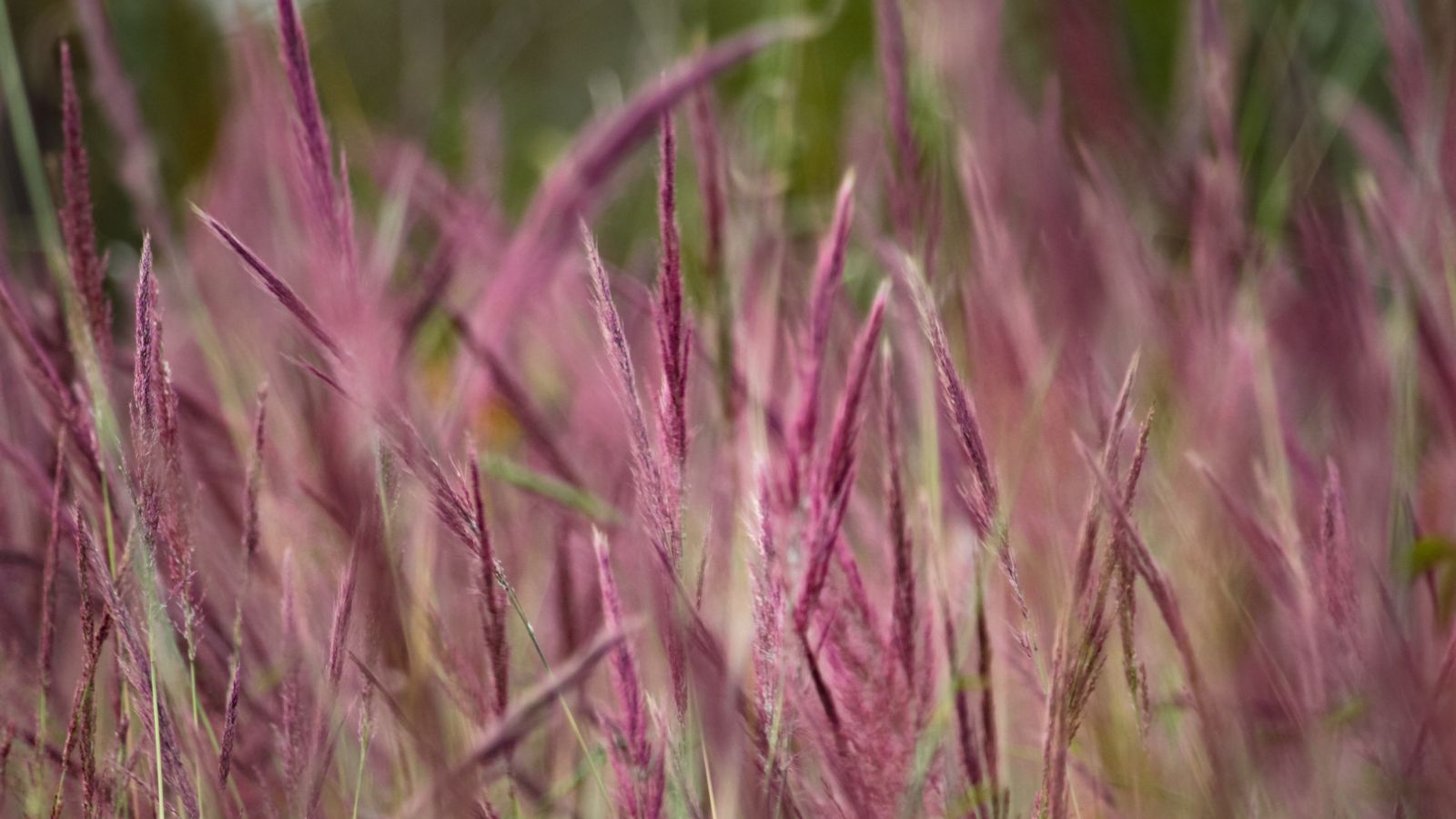
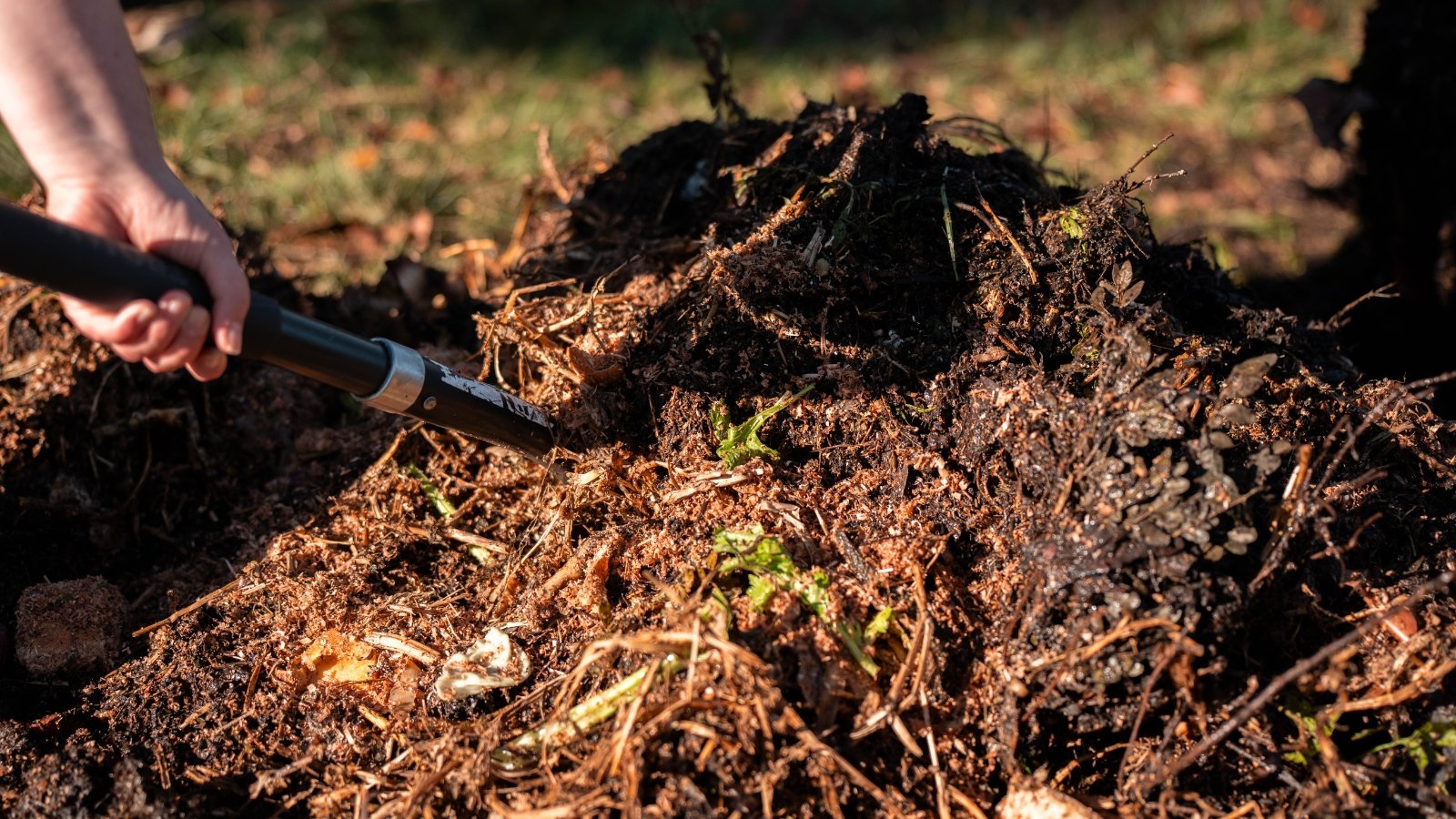
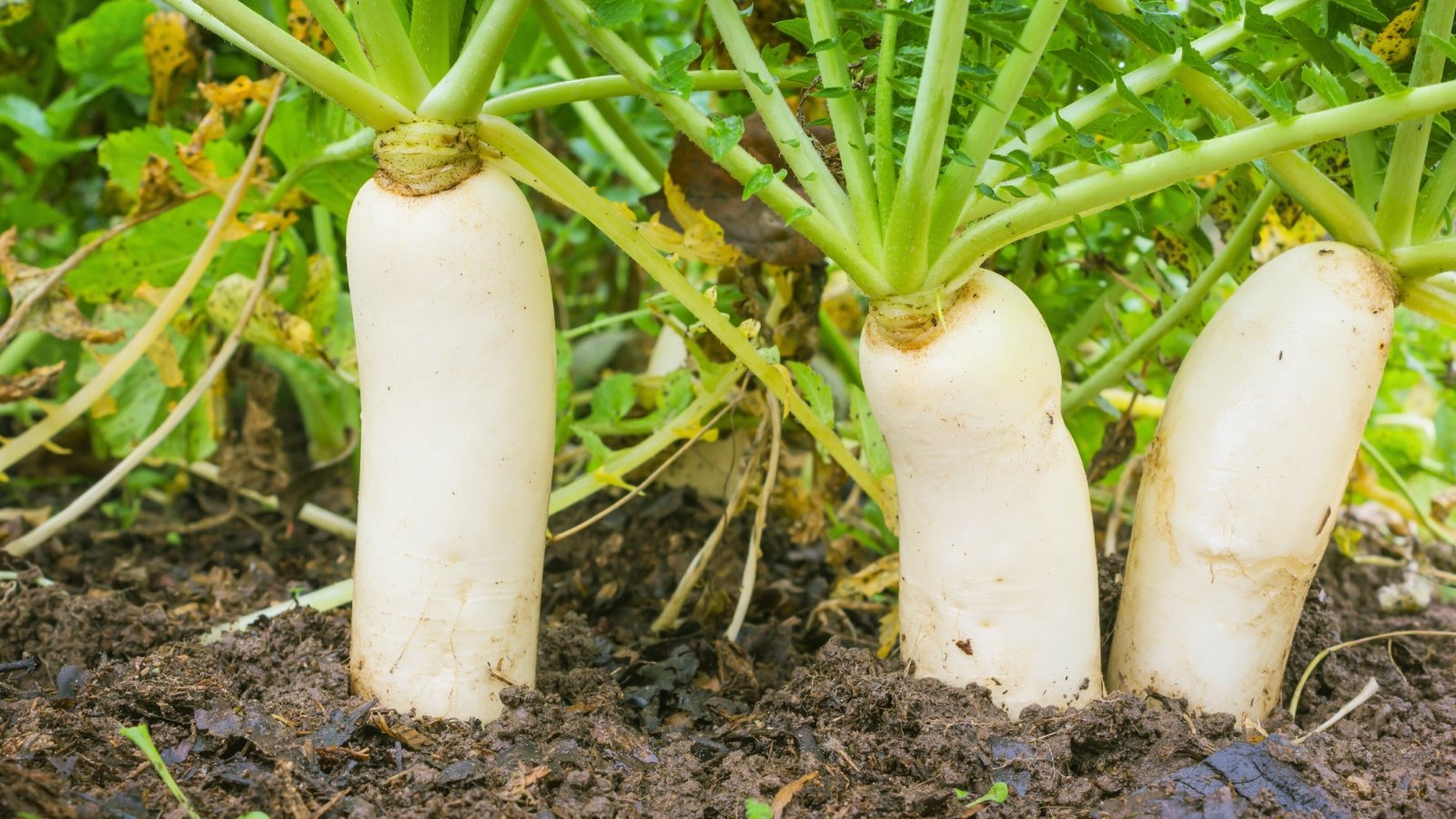
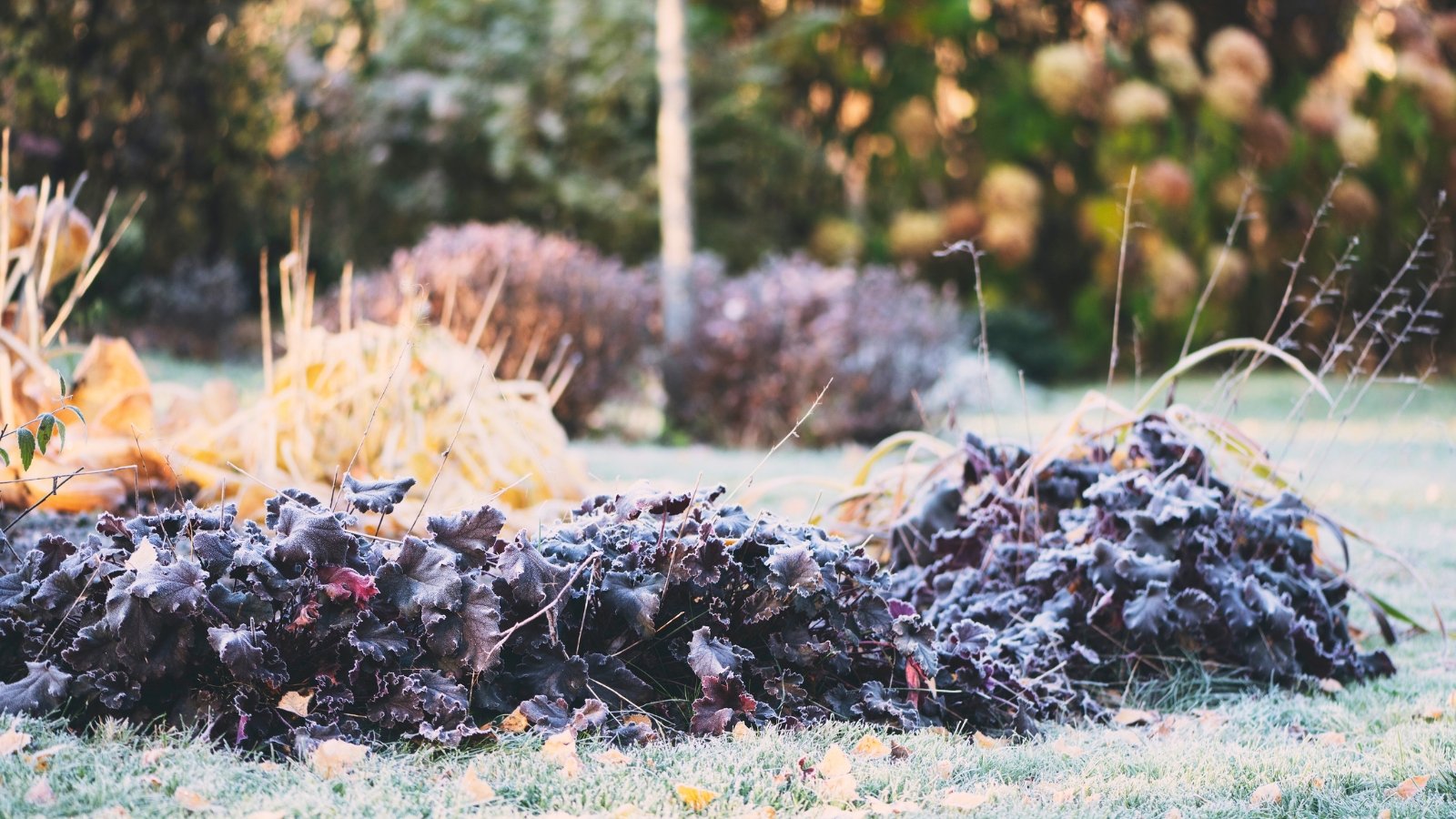

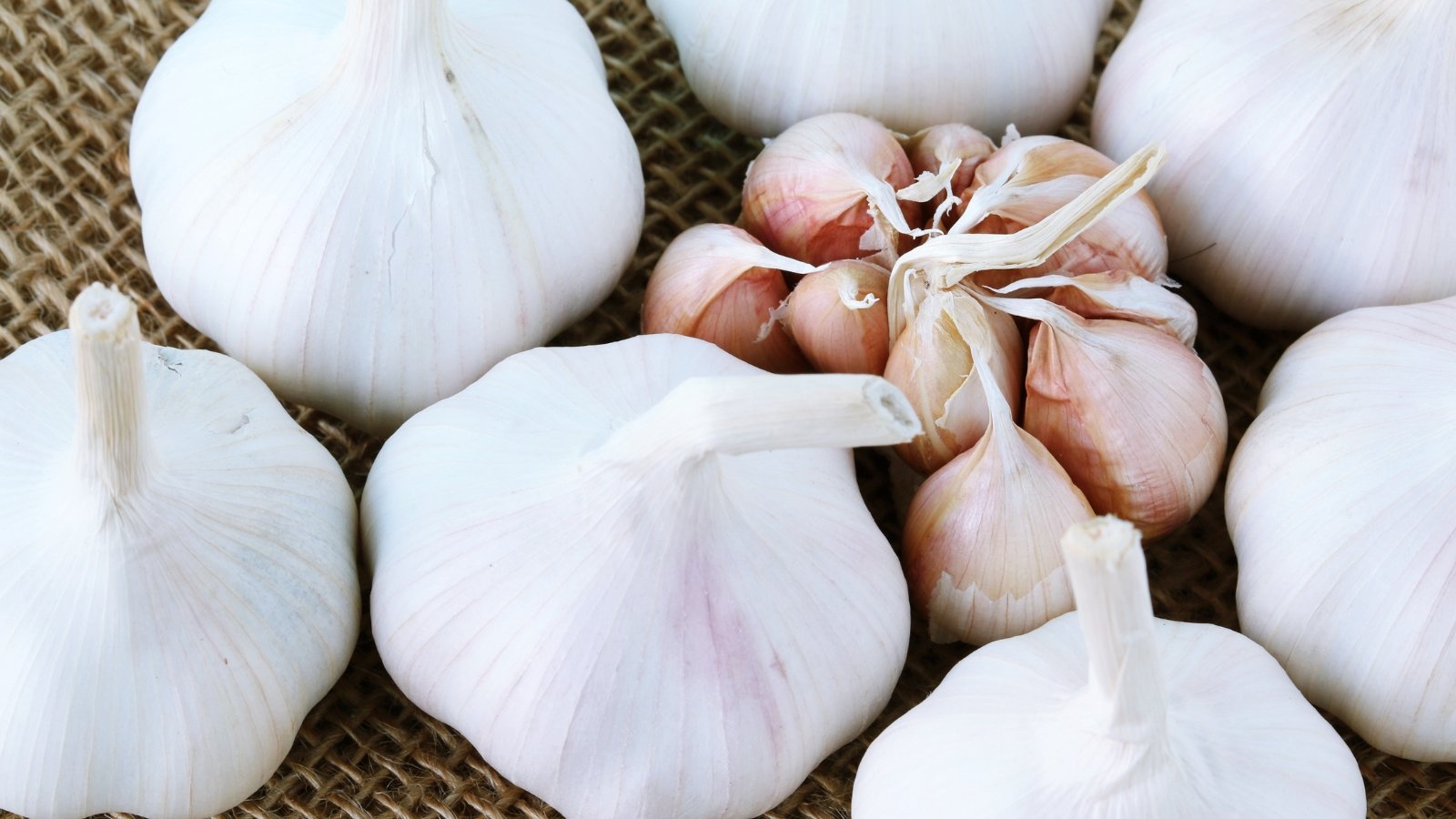
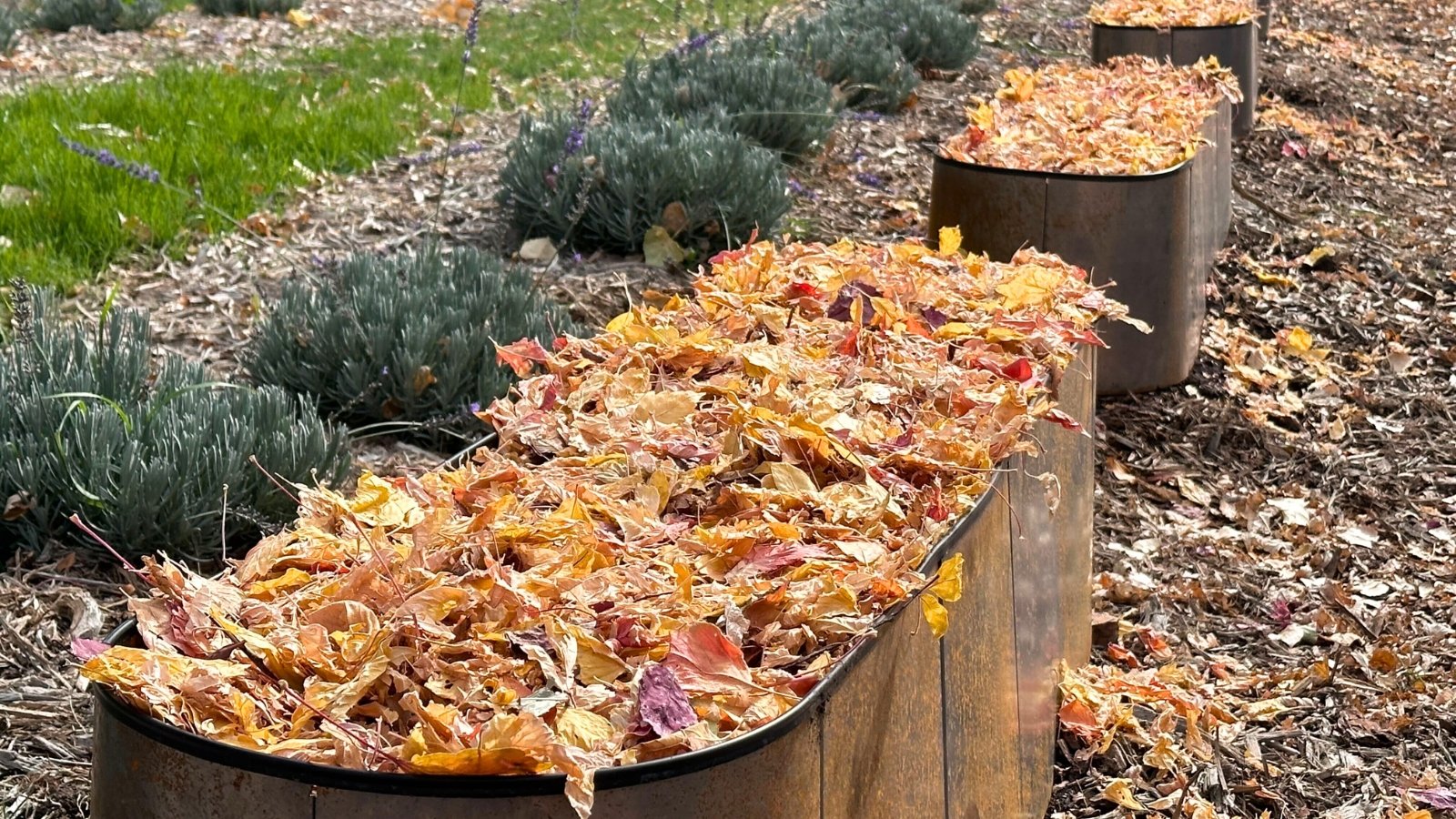














 English (US) ·
English (US) ·  French (CA) ·
French (CA) ·